WoW Archivist: WoW in China, an uncensored history
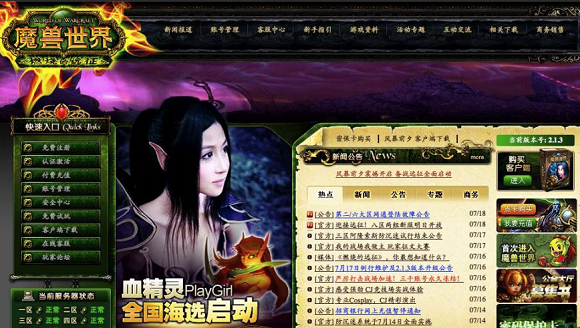
WoW Archivist explores the secrets of World of Warcraft's past. What did the game look like years ago? Who is etched into WoW's history? What secrets does the game still hold?
A few weeks ago, we learned that ten men had been sentenced to two years' imprisonment in China for hacking WoW accounts and selling the stolen gold. It was not the first time that hackers have been punished by the state in China.
The relationship between WoW and China has often been contentious, going back to the early years of the game. While most players there have simply tried to enjoy the game they love, censorship, politics, and illicit activities have all had an impact on their experience.
As we wrap up the Mists of Pandaria expansion, let's not forget that so much of the culture, history, and geography of the expansion was inspired by the real legends and landscapes of China. Today, let's look at the history of WoW in China -- a history as rife with conflict as Pandaria's own.
Pop stars and cola fuel WoW's launch
From the earliest stages, Blizzard had little reason to doubt that WoW would be a hit in China. When the beta signups became available in April 2005, approximately 100,000 people signed up in the first hour. The beta achieved 500,000 concurrent players.
For the Chinese version of WoW, Blizzard partnered with Shanghai-based company The9, who could better handle localization, support, and customer service. The9 launched the classic version of the game on June 7, 2005.
Coca-Cola partnered with The9 to promote the game. For their ads, Coke brought in pop stars such as Taiwanese band S.H.E. (already covered by WoW Archivist), Super Voice Girl winner Li Yuchun, and Olympic gold medalist Liu Xiang. Although -- or perhaps because -- the TV ads broke China's rules against showing game content on TV, the cross-promotion was a huge success.
(As a side note, Pepsi later struck back with a partnership with Guild Wars the following year. Reportedly, Guild Wars' closed beta was delayed a week in China after Coca-Cola complained about The9's deal with their biggest competitor.)
Within the first month, The9 reported 1.5 million active WoW players in China. Although many Chinese citizens had already been playing on Western realms, this was still a huge achievement at the time for a Western MMO in China.
Unlike the West, most gamers in China play in Internet cafes, and MMO subscriptions are almost always handled on an hourly basis. At launch, WoW authorization keys cost 30 yuan and gametime cards were 0.45 yuan per hour. That converts to about $4 for game access and 6 cents per hour.
Like their Western counterparts, China's realms had their share of launch problems. Long queues and lag plagued realms in the East, too. By early 2006, players had grown increasingly dissatisfied with The9 and threatened a boycott. The9 claimed that difficulty with communicating with Blizzard was behind poor realm performance.
Soon enough, poor realm performance would be the least of players' concerns.
"Anti-obsession" measures
In its first few years, WoW proved just as popular overseas as it had been in the U.S. With fears of WoW addiction on the rise, the Chinese government announced a "gaming timer mechanism." The mechanism reduced your character's capabilities in half after playing an online game for more than three hours in a single session, and to the lowest possible level after five hours. The timer reset after logging off for five hours. The government claimed it would prevent addiction. They made it mandatory to install in every online game.
Seven of China's largest online gaming companies agreed to help with the new system, including The9. The system was rolled out in 2006. Many players got around the restriction by setting up multiple accounts and switching back and forth as the timer required. Determined to save China's youth, the government pledged to increase enforcement on the ban of minors from Internet cafes.
The timer did nothing to slow the growth of the game. WoW reached 4 million active accounts in China by 2009.
Delayed crusade
The9's first estimate of The Burning Crusade's debut in China was early 2007. Fearing disapproval from China's Ministry of Culture, The9 made major changes to the Forsaken models, hiding exposed bones with flesh, as seen below.
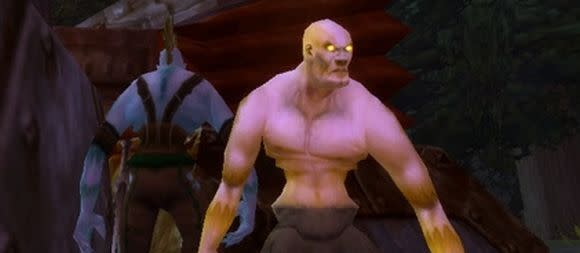
Also, when a player died, they left behind a tombstone rather than a skeleton.
In the West, many assumed that Chinese culture has a taboo against skeletons or bones, but that is not the case as far as I can tell. Rather, it seems that the government agencies who police online games seek to tone down violence and death. Visible skeletons and player corpses are considered part of that undesirable content.
The changes delayed the expansion until September, nine months after the expansion went live in the West. Following its release, The9 announced that WoW achieved the milestone of 1 million concurrent players in China.
Wrath of The9
As you might have guessed, The9 was making a killing on WoW in 2007 and 2008. Everyone's favorite gaming company Electronic Arts even took notice. They purchased 15% of The9 in 2007, shortly after denying the rumors.
The move paid off for EA, at least in the short term. The9 posted a huge quarter at the end of 2007 and broke records in 2008.
However, Blizzard merged with Activision in the meantime -- a direct competitor with EA. The9 also faced delays from a "policy review" over the release of Wrath of the Lich King. The game's success had put it in the spotlight for the powers that be. Initially, the delay was expected to be just a few months. It would turn out to be much, much longer.
The General Administration of Press and Publications (GAPP) rejected two applications for Wrath. They cited skeletal characters and an attack on a player city -- the Battle for the Undercity quest -- as problematic. The9 even tried to get approval by removing the new death knight class from the game, but they still received a red light on the expansion. A few days after that announcement, The9 admitted that they could go bankrupt if the expansion didn't receive approval soon.
Caught between a frustrated Blizzard, an intransigent censorship board, and angry players, The9 was rumored to lose their WoW contract. The rumors proved true: Shanghai-based NetEase took over the operation of WoW in China in June 2009.
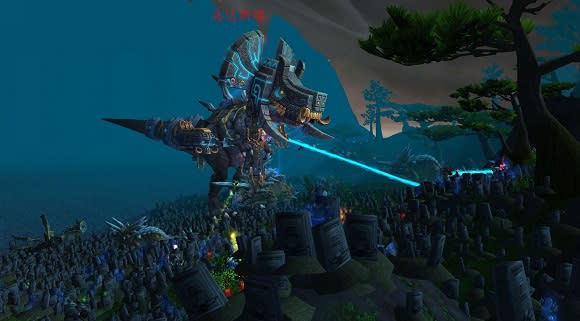
The9 went down swinging. They sued Blizzard over the loss of business and "commercial defamation." They were also rumored to be working on a WoW clone called World of Fight. Oddly, it turned out to have copied content, but not from WoW. The game used elements from the Street Fighter and Castlevania series instead. In the wake of losing WoW and a few other high-profile games such as Guild Wars and Ragnarok Online, The9 faced a massive 94% revenue drop compared to the previous year.
Six months later, one last bizarre affair served as a capstone to Blizzard's relationship with The9. The Beijing Municipal Higher People's Court fined Blizzard and The9 over $200,000 for use of proprietary fonts in the Chinese version of the game. The fonts were owned by Founder Technology Group, and The9 had used them without permission.
WoW goes offline
NetEase bought new servers to run the game. In order to transition to the new hardware, however, they had to take WoW offline. It was expected to be down for most of June. It's hard to imagine that in the West, where people get grumpy over a few hours of scheduled maintenance.
Facing a month without WoW, some players jumped to Taiwanese realms -- where Wrath was already live. The raiding guild Stars did so and promptly scored a world-second kill of Mimiron's hard mode. Other games, such as Aion, made a push to lure WoW's player base.
The game was still offline in July, but NetEase received some good news: the Ministry of Culture approved all game content. NetEase received permission for a "partial relaunch" at the end of July, after a one-week beta for Wrath. All they needed now was GAPP's approval.
Azeroth censored
When the beta went live, the extreme nature of the Ministry's censorship became apparent. NetEase had to remove all icons that looked like skulls or severed heads. As you can see in the screenshot below, they replaced all such icons with bags.
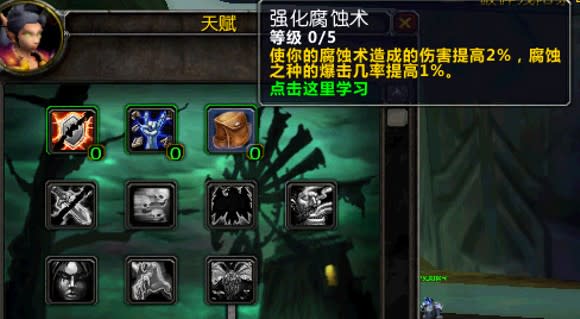
Icons for other body parts and/or fluids also had to be replaced. Piles of bones were changed to sand bags. Blood effects became black rather than red.
Meanwhile, the beta extended from one week to months as GAPP reviewed the game. Some suggested that the long delay had political motivations. At the time, China and the U.S. were involved in a trade dispute that saw the U.S. place a heavy tax on tires from China, while China launched investigations into car and chicken exports from the U.S. Yep, it's all just as boring as The Phantom Menance made such things out to be, and the results just as unpleasant.
NetEase had to operate the beta without any payment from players. To the company's massive relief, servers were allowed to go back online on September 21 after almost three months of downtime. NetEase could finally charge for game time and start turning a profit on the game.
Wrath, however, was not yet approved for release. NetEase announced that they expected to bring the expansion to live realms in November.
Then things took a strange turn . . .
Mind the GAPP
On Nov. 2, 2009, GAPP suspended their review of the game. They ordered NetEase to stop collecting payment from players and cease creating new accounts. GAPP claimed that NetEase had acted illegally when it began turning a profit on the game before their approval process had been completed. GAPP rejected the company's application to become the operator of WoW.
NetEase had assumed they could take the realms live and charge for game time based on the Ministry of Culture's OK. An MoC official called the GAPP's suspension of review "not appropriate" because the game and its first expansion had already been reviewed and approved under The9's stewardship. GAPP had "overstepped its authority."
GAPP shot back with threats to suspend the company's Internet service altogether.
NetEase claimed that no one from GAPP had contacted them.
An MoC official called GAPP's actions "surly interference in domestic online game enterprises."
It was a tangle of regulations that evolved into a bureaucratic brawl. Even the New York Timesreported on the warring agencies. According to the Times, the State Council had previously defined the two agencies' authority: GAPP was in charge of games in development, and MoC had oversight of live games. GAPP's stance, then, represented a reach for authority outside of their traditional role.
Two months later, the agencies agreed that NetEase had broken the law by charging customers prior to GAPP's signoff. NetEase stopped accepting new accounts and reapplied to GAPP.
The future of WoW in China was murky. The game had been unstable for most of 2009, and Chinese players were now far behind the West in terms of content releases. More players fled Chinese realms for those in Taiwan. No one was sure just when WoW would be up and running again on the mainland.
Resurrecting the game
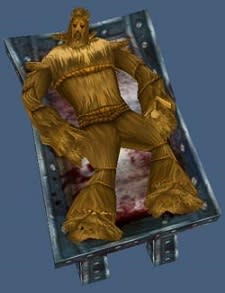
In February 2010, GAPP, MoC, and NetEase settled their differences. NetEase received permission to (re-)releaseThe Burning Crusade in China and accept new accounts.
The focus now turned to Wrath, which had yet to arrive on China's shores. The first estimate of Wrath's release had been February 2009. A full twelve months had come and gone since. Players in the West had been fighting the Lich King's armies for a year and a half already.
Wrath didn't debut in China until August of that year, eighteen months after its initial estimated release date. The administrative battle over WoW was over -- for now. China had caught up to the rest of the world.
When players logged in to China's version of Northrend, the reason for the additional six-month delay became apparent. Censorship had once again run rampant. Undead dragons became blue drakes. Zombies went from shambling, rotting corpses to bodies with smooth gray skin. Skulls, even decorative stone and metal skulls on items and buildings, were removed. The death knight's skeletal flying mount became a spectral griffin. Blood once again changed colors, this time to green. Weirdest of all, abominations became straw men (as shown).
The changes may have been drastic, but China's long-suffering WoW fans could explore the icy heights of Northrend at long last.
That's all I have room for this week! Part two will cover the later expansions, gold farmers and hackers, raiding in China, and WoW's influence on Chinese pop culture.

After months of surveying, WoW Archivist has been dug back up! Discover lore and artifacts of WoW's past, including the Corrupted Blood plague, the Scepter of the Shifting Sands, and the mysterious Emerald Dream.
